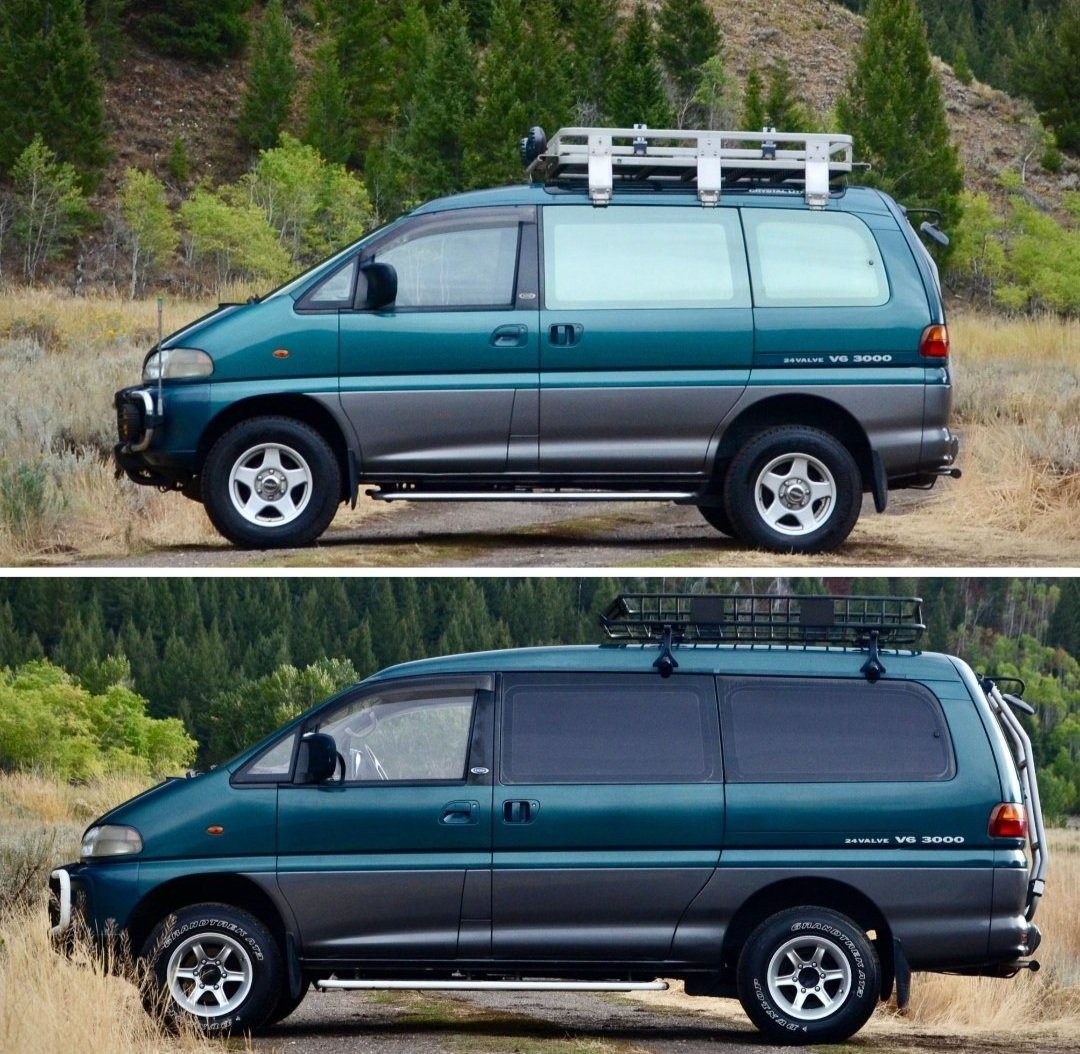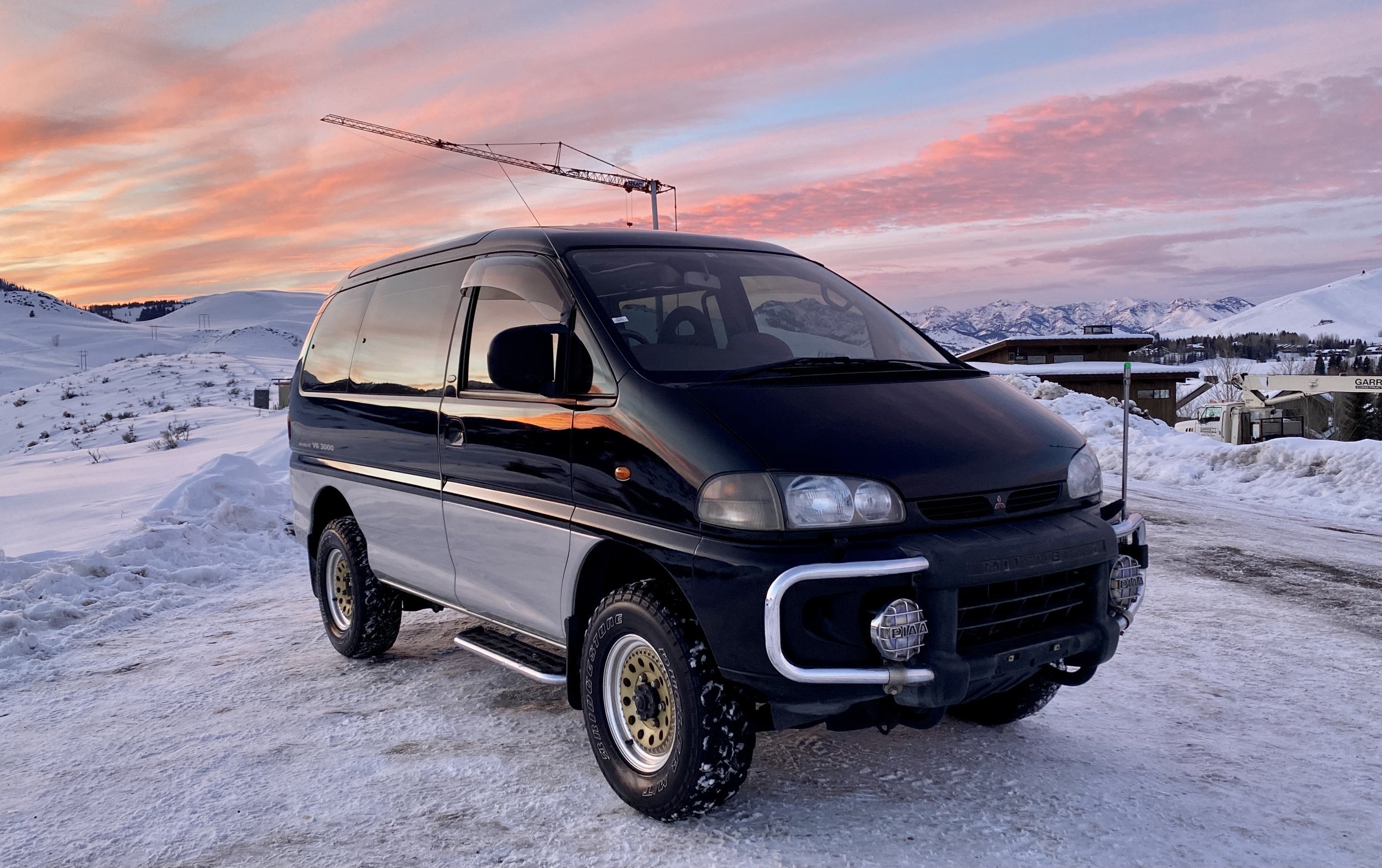
Delica L400 Space Gear SWB LWB Model Comparisons and Tradeoffs
“Given the difference in length hub to hub, ground clearance, the maneuverability of the SWB is going to be more nimble, quick to turn and make corrections. Once again, this comes at the cost of not having as much space often necessary for comfortable longer term travel”

Delica L400 Space Gear SWB LWB Model Comparisons and Tradeoffs
“Like its predecessor, the L300 Star Wagon, the L400 Space Gear is an overlanding and offroading pig that, if properly tuned (as done in our offers the perfect combo of reliability, luxury, and off-road capability.”

